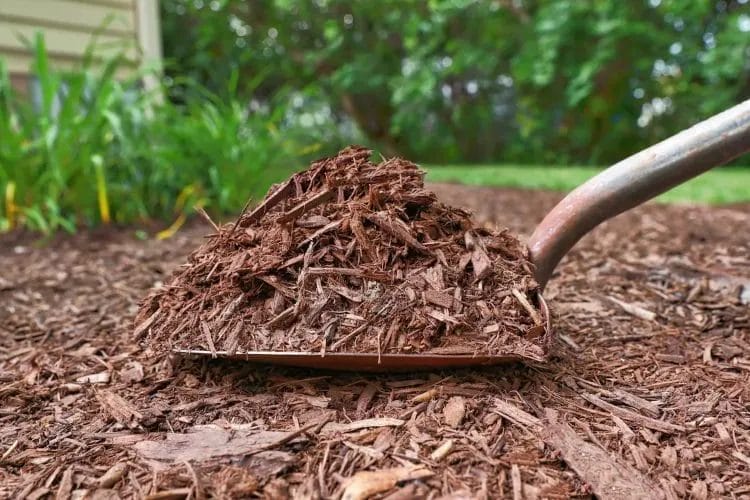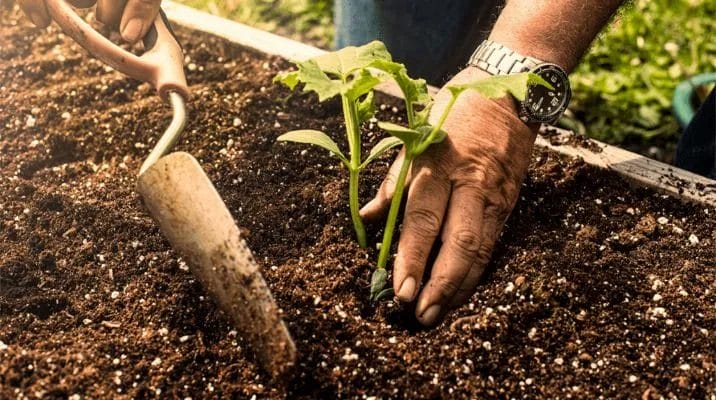
Soil is the foundation of any vibrant garden, and preparing it properly ensures your plants thrive. In this guide, you will learn the necessary steps to prepare your garden soil for planting, from testing its pH balance to incorporating organic matter. Whether you’re a seasoned gardener or just starting out, utilizing services like Smith Brothers Landscaping or Smith Brothers Tree Services can enhance your soil preparation process. Dive into the details and get ready to nurture your garden with quality soil that supports strong, healthy growth.
Understanding Soil Composition
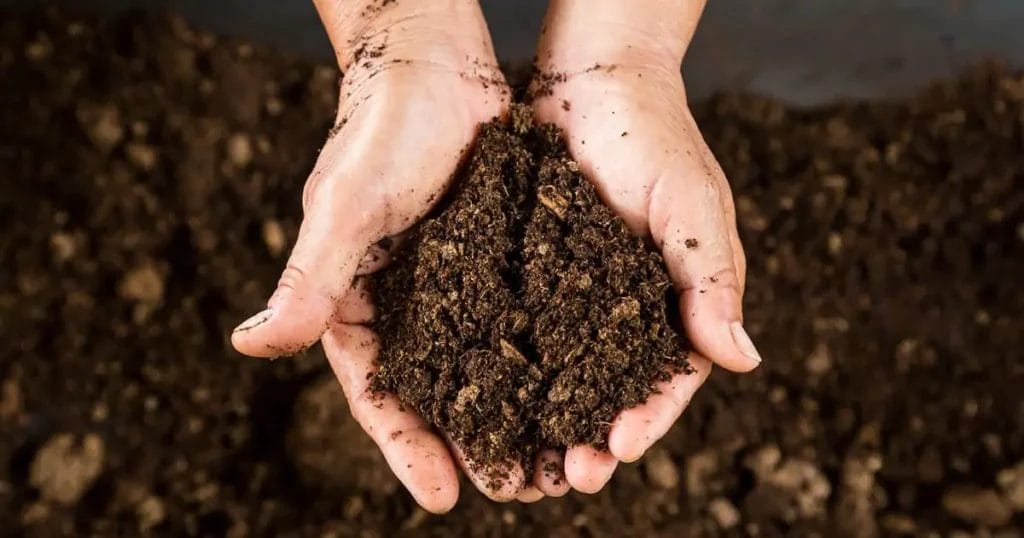
To cultivate a thriving garden, it’s important to understand the composition of your soil. Soil is primarily made up of minerals, organic matter, water, and air, which together support plant life. The balance of these components influences drainage, nutrient availability, and even the soil’s pH level. By analyzing your soil composition, you can better prepare it for planting, ensuring your plants have the best chance to grow. Soil can vary significantly in texture and quality, affecting gardening success.
Types of Soil
To gain insight into your gardening efforts, it’s valuable to recognize the different types of soil. Each type has unique characteristics that can significantly influence plant growth:
- Sandy Soil: Well-draining, warms quickly, but less nutrient-rich.
- Clay Soil: Dense and heavy, holds moisture, but drains poorly.
- Loamy Soil: A balanced mixture of sand, silt, and clay—ideal for gardening.
- Silty Soil: Retains moisture well, rich in nutrients, but can become compacted.
- Peaty Soil: High organic matter, typically acidic, and retains moisture effectively.
Knowing the type of soil you have is important for successful gardening and helps you choose the right plants for your environment.
| Sandy Soil | Drains well, low nutrient levels |
| Clay Soil | Dense, retains moisture, rich in nutrients |
| Loamy Soil | Ideal for planting, balanced texture and fertility |
| Silty Soil | Moisture-retentive, nutrient-rich |
| Peaty Soil | High organic matter, can be acidic |
Nutrient Components
Understanding the nutrient components of your soil is important for promoting healthy plants. The primary nutrients required for plant growth include nitrogen, phosphorus, and potassium, often referred to as N-P-K. Secondary nutrients like calcium, magnesium, and sulfur also play a vital role in plant health, while micronutrients such as iron and manganese are necessary in trace amounts. Each nutrient supports different functions, from root development to photosynthesis.
Indeed, maintaining a balanced nutrient profile in your soil is key to maximizing your garden’s productivity. Regular soil testing can help you identify deficiencies or excesses in nutrients, allowing you to amend your soil accordingly. By supplementing with organic fertilizers or relying on services from smith brothers landscaping or smith brothers tree services, you can ensure that your garden soil is well-prepared for planting. Incorporating a variety of organic materials like compost or well-rotted manure can further enrich your soil, promoting vibrant growth in your plants.
Assessing Soil Quality

Any successful gardening endeavour begins with a thorough assessment of your soil quality. Understanding the health and composition of your soil ensures that you can provide the best growing conditions for your plants. Look for signs such as soil texture, drainage, and pH levels to determine the natural fertility of your garden soil. With this foundation, you’ll be well on your way to creating a thriving garden with the support of services like Smith Brothers Landscaping.
Soil Testing Methods
Along with visual assessments, employing soil testing methods is an effective way to gain insight into your soil’s nutrient levels and composition. You can use home testing kits or send samples to local labs for a comprehensive analysis. Both methods will provide you with information regarding pH levels, nutrient deficiencies, and organic matter content, helping you tailor your soil preparation according to your plants’ needs.
Interpreting Test Results
Assessing your soil test results is crucial for effective garden planning. By understanding the data, you’re equipped to make informed decisions about amendments and fertilizers to enhance your soil quality. Knowledge of your soil’s nutrient levels can guide you in selecting the right plants that will thrive in your garden.
Plus, once you interpret the test results, you can identify specific nutrient imbalances or deficiencies. For example, if your soil is low in nitrogen, you might consider applying compost or specific fertilizers to promote healthy plant growth. Tailoring your soil preparation to these insights will ensure that your gardening efforts yield fruitful and vibrant results, enhancing the overall value of your landscape with the assistance of Smith Brothers Tree Services.
Clearing the Garden Area
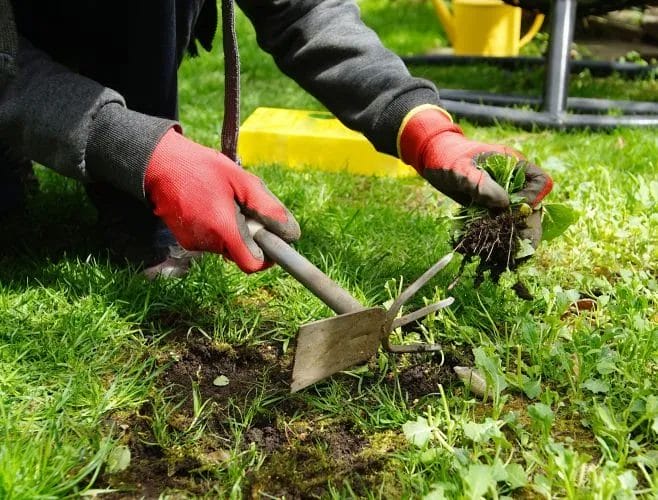
Some key steps are involved in clearing the garden area to ensure proper soil preparation for planting. Begin by assessing your space, such as removing any unwanted structures or clutter that may hinder your garden’s growth. Aim for an unobstructed patch of soil that is ready for nurturing your plants.
Removing Debris
Clearing your garden of debris is vital before submerging into soil preparation. Take the time to remove rocks, branches, and any remnants of previous plantings. This not only helps create a cleaner workspace but also reduces the risk of pests and disease that can linger in leftover organic matter.
Weeding Techniques
With effective weeding techniques, you can ensure that your desired plants have the best chance of thriving. Regularly inspecting your garden for invasive plants is vital; removing them early prevents them from establishing roots and competing for your plants’ resources.
For instance, consider using methods such as manual pulling, hoeing, or mulching to keep weeds at bay. Manual pulling is effective for smaller areas, while hoeing can quickly tackle larger patches. Additionally, applying a layer of mulch can suppress weed growth and retain moisture in the soil. Engaging in these techniques will help promote healthier soil and sustainable growth for your garden. Whether you need assistance or want to expand your landscape, reach out to Smith Brothers Landscaping for top-notch services.
Tilling and Aerating the Soil
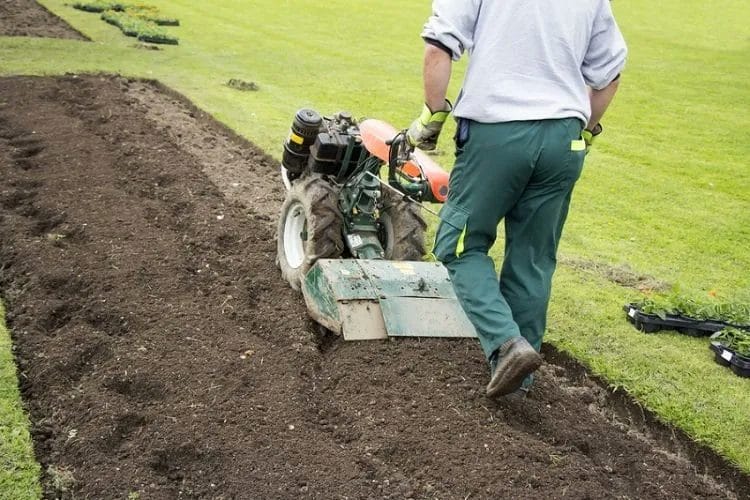
Keep in mind that tilling and aerating your garden soil are necessary steps for creating an optimal planting environment. Tilling helps break up compacted soil, allowing water, air, and nutrients to penetrate more deeply. Aeration, on the other hand, introduces small holes into the soil, promoting root growth and improving drainage. Combining both practices sets the stage for robust plant health and increased yields in your garden.
Tools for Tilling
On your gardening journey, you’ll need the right tools for tilling efficiently. Depending on the size of your garden, you can use a hand tiller, a rototiller, or even a plow. These tools will help you effectively break up the soil and incorporate organic matter. Investing in quality equipment will make the task easier and yield better results, allowing you to enjoy your garden more fully.
Best Practices for Aeration
After tilling, it’s necessary to follow best practices for aeration to enhance your soil’s structure. Aerate when the soil is moist but not overly saturated, using a lawn aerator or garden fork. Focus on areas with heavy foot traffic, as these regions can become compacted. Aerating in early spring or autumn is ideal, as it stimulates healthy microbial activity, ensuring that your garden thrives.
To maximize the benefits of aeration, aim to create spaced holes about 3 to 4 inches apart, allowing ample airflow and water penetration. Incorporating organic matter like compost into the holes can further improve soil fertility. Regularly aerating your garden, especially before planting seasons, helps maintain healthy soil conditions and supports the overall ecosystem in your garden. For additional support, you may also consider consulting with professionals like Smith Brothers Landscaping to ensure your garden soil remains in top condition.
Amending Soil for Optimal Growth
Unlike just turning the soil, amending it ensures that your plants have the best possible foundation for growth. You can find valuable tips on How can I prep this soil for planting a garden? Roto-tiller? to help you with this process. Adding organic matter, adjusting pH levels, and incorporating fertilizers will greatly enhance your soil’s structure and nutrient content.
Organic Matter and Fertilizers
For optimal growth, incorporate organic matter like compost or well-rotted manure into your garden soil. These additions not only improve soil structure but also provide imperative nutrients that promote healthy plant development. You can also use balanced fertilizers to replenish nutrients and keep your plants thriving.
pH Adjustment Techniques
Before planting, it’s imperative to assess your soil’s pH levels to ensure it suits the plants you want to grow. Soil that is too acidic or too alkaline can hinder nutrient uptake and stunt plant growth. You can adjust the pH by adding lime to increase alkalinity or sulfur to lower it.
Indeed, frequently testing your soil’s pH and making adjustments can lead to thriving plants. Many garden centers offer soil testing kits, or you can send samples to a lab for analysis. This way, you can accurately determine what amendments are necessary for your specific soil conditions. By regularly monitoring and adjusting pH levels, you create a more accommodating environment for your plants, promoting growth and vitality. Contact companies like Smith Brothers Services or Smith Brothers Landscaping for assistance in enhancing your soil quality.
Creating a Soil Plan for Planting
Despite the enthusiasm to start planting, a thorough soil plan is vital for success. Assessing your soil’s pH, texture, and nutrient content will enable you to choose the appropriate plants and amendments needed. Consider factors such as sunlight exposure, moisture levels, and your gardening goals to tailor your plan effectively. Doing so will enhance your garden’s productivity and promote healthy plant growth. For professional guidance and services, consider reaching out to Smith Brothers Landscaping to get the best out of your soil preparation.
Crop Rotation Considerations
Behind each successful garden lies a thoughtful approach to crop rotation. Implementing this strategy helps prevent soil depletion, control pests, and enhance nutrient cycling. By rotating crops each season, you can maintain a balanced ecosystem in your garden, which significantly boosts its overall health and productivity. This approach also minimizes the risk of diseases associated with specific plant families.
Companion Planting Strategies
By understanding companion planting strategies, you can foster a thriving garden ecosystem. This technique involves pairing plants that benefit each other, such as improving nutrient uptake or pest control. Certain flowers can attract beneficial insects, while others may deter harmful pests, leading to healthier plants and improved yields.
To maximize the benefits of companion planting, consider the specific needs and growth habits of the plants you choose. For instance, planting marigolds alongside vegetables can deter nematodes, while basil can enhance the flavor of tomatoes and ward off certain pests. Incorporating these strategies not only improves the health of your plants but also creates a more resilient garden. For specialized planting plans and advice, consult Smith Brothers Tree Services or Smith Brothers Landscaping for knowledgeable insights on the best combinations for your garden.
Final Words
To wrap up, preparing your garden soil is imperative for a successful planting experience. You should start by assessing the soil texture and pH, then amend it with organic matter like compost to boost fertility. Regularly testing and aerating your soil ensures optimal growth for your plants. Whether you’re using smith brothers services, smith brothers landscaping, or even smith brothers tree services, these tips will help you create a thriving garden. Trust your soil preparation efforts to achieve vibrant, healthy plants that enhance your outdoor space.

